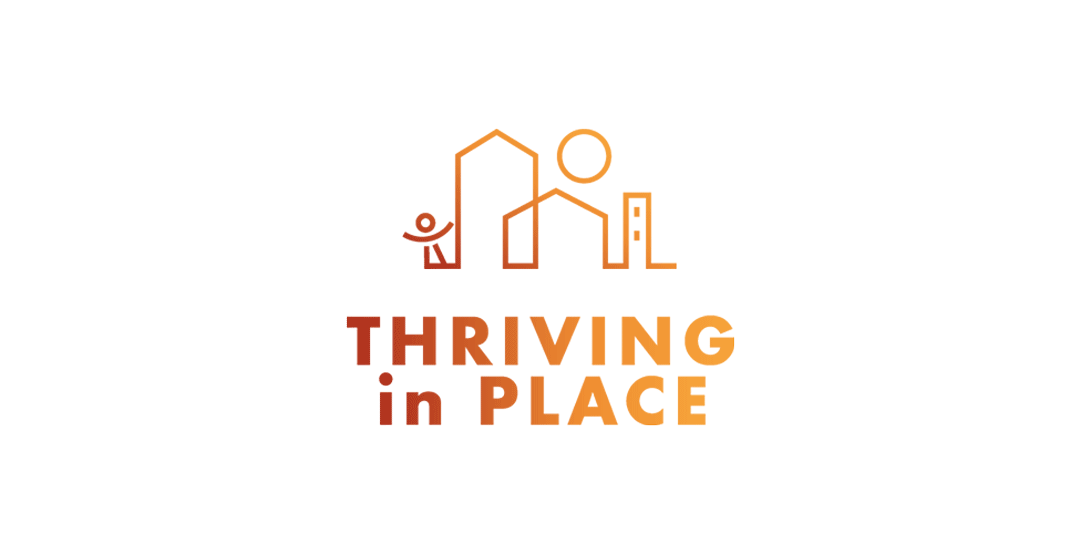PURPOSE
Provide a regular platform for communication, coordination, and collaboration across the key agencies and organizations working on displacement-related issues, projects, and programs in Salt Lake City and across the region.
CONTEXT
Effective action to address displacement and stabilize neighborhoods takes time, coordination, and persistence. The City is one part of a regional ecosystem that needs to work closely together to achieve goals related to housing affordability and neighborhood stabilization. This ecosystem includes other governmental agencies in the region, nonprofits, community organizations, research centers, private sector developers, financers, and others.
During the community engagement process, multiple stakeholders identified the need for the agencies and individuals working on displacement issues to meet regularly to share information, coordinate action, problem-solve, and build trust. Many also pointed to the regional nature of the housing affordability challenge, and the need for an ongoing means of engaging with regional partners to identify shared priorities for action.
STEPS
- Identify groups and individuals to include in an initial meeting of the proposed Regional Anti-Displacement Coalition.
- Extend an invitation to participate.
- Host a launch meeting.
- Establish a regular meeting schedule.






